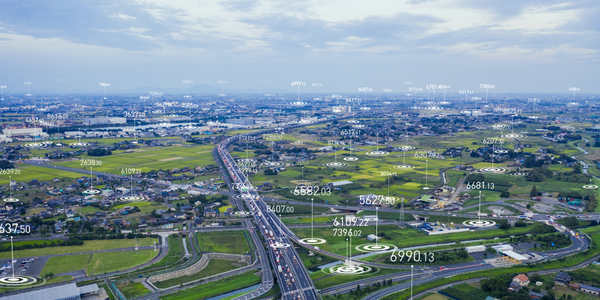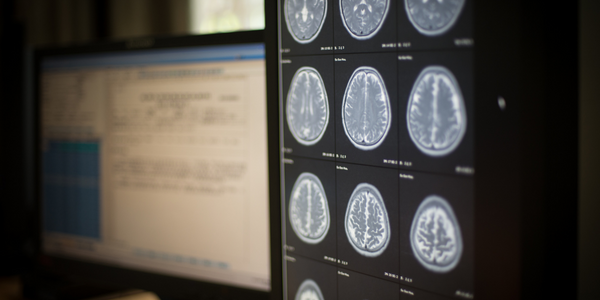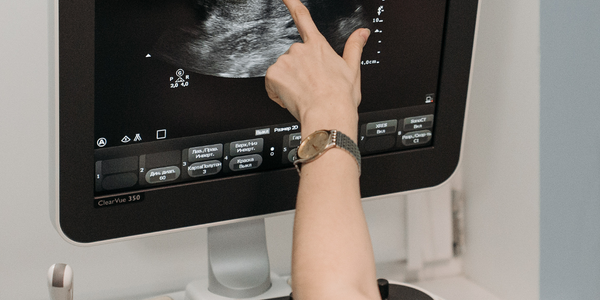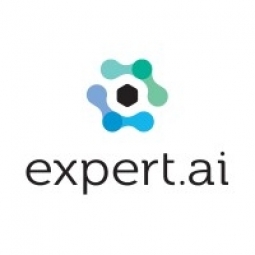公司规模
Large Corporate
地区
- Europe
国家
- United Kingdom
产品
- expert.ai Platform
技术栈
- Natural Language Processing
实施规模
- Enterprise-wide Deployment
影响指标
- Productivity Improvements
- Cost Savings
技术
- 分析与建模 - 自然语言处理 (NLP)
适用功能
- 商业运营
用例
- 自动化疾病诊断
- 监管合规监控
服务
- 数据科学服务
关于客户
Plexus Law is a leading defendant insurance law firm based in the United Kingdom. The firm provides innovative, high quality, specialist legal services to insurers, reinsurers, the Lloyd’s market, self-insured corporations, and across the public sector. The firm offers clients the full breadth of claims-related legal work, from high volume claims handling to complex, high value litigation. It has to process large volumes of medical records documentation, including medical history data, test and diagnostic reports, etc.
挑战
Plexus Law, a leading defendant insurance law firm, offers clients a wide range of claims-related legal work, from high volume claims handling to complex, high value litigation. This involves processing large volumes of medical records documentation, including medical history data, test and diagnostic reports, etc. Traditionally, reviewing this information is a complex and labor-intensive activity that requires costly subject matter expertise. The firm sought to apply NLP automation to streamline the review process, aiming to deliver faster processing times, increase scalability and improve the user experience.
解决方案
Plexus Law chose the expert.ai Platform to make it faster and easier for legal staff to scale the volume of accounts managed and expand the breadth and depth of documents that can be reviewed. The platform's ability to understand technical medical language with a high level of accuracy allows review teams at Plexus Law to 'automatically read' thousands of medical documents and extract the precise information that helps speed up analysis and reporting with greater efficiency. This automation of the analysis and processing of legal documentation eliminates tedious and repetitive manual data entry, reducing review times and costs, and enabling legal and medical experts to focus on higher value tasks.
运营影响

Case Study missing?
Start adding your own!
Register with your work email and create a new case study profile for your business.
相关案例.

Case Study
Remote Monitoring for Environmental Compliance
Emerson wanted to provide a connected environmental analyzer to their customers. They wanted to leverage IoT technologies to provide a software solution that was easy to use, real-time and centralized. Compliance with pollution control board guidelines and the ability to remotely calibrate and troubleshoot these devices was the primary objective. Requirements - Centralized Remote Monitoring. - IoT Based Smart Environmental Analyzers. - Remote Calibration and Troubleshooting. - User Friendly Application. - Reporting & Dashboards. - Compliance with pollution control board guidelines.

Case Study
ELI LILLY ADOPTS MICROMEDIA’S ALERT NOTIFICATION SYSTEM
Pharmaceutical production is subject to a strict set of enforced rules that must be adhered to and compliance to these standards is critically necessary. Due to the efforts of WIN 911’s strategic partner Micromedia, Lilly was able to adopt an alarm notification infrastructure that integrated smoothly with their existing workflows and emergency hardware and protocols. These raw energy sources enable the industrial process to function: electricity, WIN-911 Software | 4020 South Industrial Drive, Suite 120 | Austin, TX 78744 USA industrial steam, iced water, air mixtures of varying quality. Refrigeration towers, boilers and wastewater are monitored by ALERT. Eli Lilly identified 15000 potential variables, but limitations compelled them to chisel the variable list down to 300. This allowed all major alarms to be covered including pressure, discharge, quantity of waste water discharged,temperature, carbon dioxide content, oxygen & sulphur content, and the water’s pH.

Case Study
Artificial Intelligence and the implications on Medical Imaging
There are several factors simultaneously driving integration of AI in radiology. Firstly, in many countries around the world there is a discrepancy between the number of doctors trained in radiology and the rising demand for diagnostic imaging. This leads to greater demands for work efficiency and productivity. For example, the number of radiology specialists (consultant work- force) in England went up 5% between 2012 and 2015, while in the same period the number of CT and MR scans increased by 29 and 26 percentage points respectively. In Scotland, the gap widened even further (The Royal College of Radiologists 2016). Today, the average radiologist is interpreting an image every three to four seconds, eight hours a day (Choi et al. 2016).Secondly, the image resolution of today’s scanners is continuously improving – resulting in an ever greater volume of data. Indeed, the estimated overall medical data volume doubles every three years, making it harder and harder for radiologists to make good use of the available information without extra help from computerized digital processing. It is desirable, both in radiological research and in clinical diagnostics, to be able to quantitatively analyze this largely unexploited wealth of data and, for example, utilize new measurable imaging biomarkers to assess disease progression and prognosis (O’Connor et al. 2017). Experts see considerable future potential in the transformation of radiology from a discipline of qualitative interpretation to one of quantita- tive analysis, which derives clinically relevant information from extensive data sets (“radiomics”). “Images are more than pictures, they are data,” American radiologist Robert Gillies and his colleagues write (Gillies et al. 2016). Of course, this direction for radiology will require powerful, automated procedures, some of which at least will come under the field of artificial intelligence.

Case Study
Improving Diagnosis Accuracy and Saving Lives
Dr. Partho Sengupta needed a way to accurately identify disease patterns resulting from echocardiograms in order to improve diagnostics and save more lives. Specifically, he wanted to distinguish between two disparate diseases: cardiomyopathy, which directly impacts the heart muscle and often leads to heart failure, and pericarditis, which acts as if the heart is involved but doesn’t actually affect the heart. While both diseases present with similar heart conditions, the treatments are vastly different. For pericarditis, the treatment may include medication and, rarely, surgery. However, if the diagnosis is cardiomyopathy the patient undergoes medical management (i.e. a pacemaker) or in extreme cases, a heart transplant. Misdiagnosis of these disease conditions can put the patient’s life at risk and be very expensive for the hospital. Dr. Sengupta, therefore, looked to Saffron’s Natural Intelligence Platform to help his team increase the diagnosis accuracy of these medical conditions.

Case Study
IoT Solutions Give Commercial Fishing Real-time insights
Technology to support vessels in the commercial fishing industry had not changed significantly since the advent of radar. Over the past 40 years commercial fishing in the United States has continued to be one of the most active, yet regulated industries. The combination of federal regulations and lack of technology created an opportunity for Faria Watchdog to go-to-market with a solution.
Case Study
Nfairlending Case Study
Erin Goodall, vice president and director of compliance at Valliance Bank, was the sole member of the compliance team. She was responsible for analyzing all the bank’s fair lending data to identify redlining, disparities, and any potential violations of the Community Reinvestment Act (CRA), Home Mortgage Disclosure Act (HMDA) and other laws. This was a time-consuming process, taking up to 96 hours per quarter, in addition to her general compliance responsibilities. She also had to decipher what the results meant and spent hours creating reports to explain the insights to the board, management, and compliance committees.







